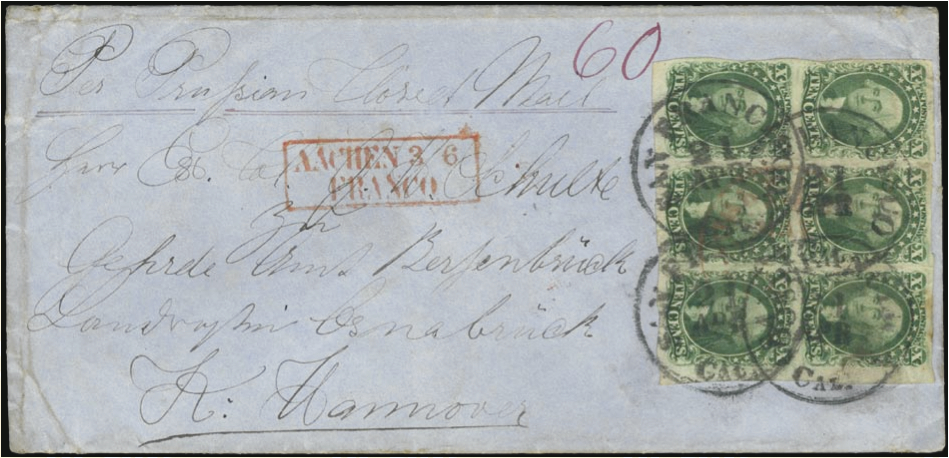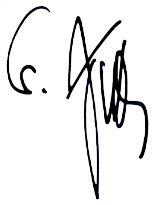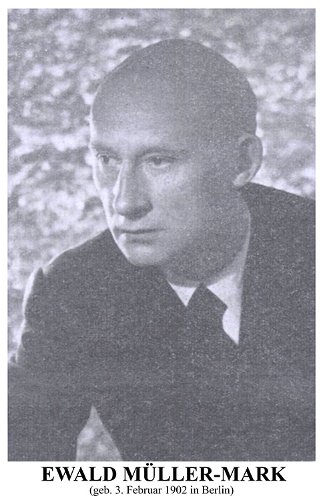 Altdeutschland-Sammlern ist der Name bekannt – in erster Linie durch das berühmte und bis heute unübertroffene Werk „Altdeutschland unter der Lupe“, das erstmals im Jahre 1935 erschien.
Altdeutschland-Sammlern ist der Name bekannt – in erster Linie durch das berühmte und bis heute unübertroffene Werk „Altdeutschland unter der Lupe“, das erstmals im Jahre 1935 erschien.
So herausragend Müller-Mark als Fachautor war, so wenig ruhmreich verlief sein Leben als Briefmarkenhändler. Eine ganz vorzügliche Biographie von Michael Ullrich, AIJP, erschien in der Zeitschrift philatelie Nr. 411 vom September 2011 unter dem Titel „Ein Markenkenner auf tragischen Abwegen“.
Hier nur ein ganz kurzer chronologischer Abriss, der bereits zeigt, mit welchen „philatelistischen Grosskalibern“ es Ewald Müller-Mark bereits in seinen frühen Jahren zu tun hatte:
Er wurde am 3.2.1902 in Berlin geboren.
Von der Pike auf diente er der Berufsphilatelie. Das waren seine Stationen:
| 1919-1920 | im Marken- und Ganzsachenhaus (Berlin) |
| 1920-1925 | bei M. Kurt Maier (Berlin) |
| 1925-1926 | in Luzern bei Bela Sekula |
| 1926-1930 | Geschäftsführer der Markenmetropole Werner Franke (Berlin) |
| 1930-1941 | Prokurist im Hause Rudolf Rohr (Berlin) |
| Ab 1941 | selbständig in Berlin. |
Ewald Müller-Mark starb am 7.Mai 1984 in Berlin
Sein Standardwerk „Altdeutschland unter der Lupe“ ist bis heute international bekannt. Er selbst sagte dazu: „Es wurde nicht geschrieben für die wenigen Überspezialisten, sondern für jeden, der seine Marken (und das Geld, das er dafür ausgibt) lieb hat und für jeden, der Kenntnisse sammeln, erweitern und vertiefen möchte. Es ist die Prüfungsstelle im Hause!“
Erstmals erschien „Altdeutschland unter der Lupe“ im Jahre 1935. Danach folgten 4 weitere Auflagen. Das Werk erhielt viele Auszeichnungen und Diplome, darunter den Sieger-Preis für philatelistische Literatur.. Einer der ganz grossen Altdeutschland-Sammler – es war John Boker – sagte über Ewald Müller-Mark: „Ein wirklicher Kenner der gesamten Altdeutschland-Philatelie. Vor seinem Wissen muss man den Hut ziehen.“
Es ist bis heute weitgehend unbekannt, dass Ewald Müller-Mark schon lange Pläne für ein zweites Projekt „Altdeutschland unter Lupe II“ im Schreibtisch hatte.
Dazu schreibt uns Wolfgang Jakubek, der bekannte Auktionator („Mister Mauritius“), Prüfer und Fachautor:
Als 1935 die erste Auflage seines bahnbrechenden Grundlagenwerkes erschien, hatte Ewald Müller-Mark bereits Pläne für ein zweites „Altdeutschland unter Lupe“. Es sollte völlig anders werden, doch sein Projekt gelangte nie zur Ausführung. Nach seinen Wünschen und Vorstellungen sollte das neue Werk so aussehen, wie es das von ihm im Jahre 1975 verfasste Exposé beschreibt, das wir Ihnen hier im Original zeigen:
Bereits 10 Jahre zuvor hatte das Berliner Auktionshaus Schätzle & Jakubek den Müller-Mark-Verlag gekauft. Was wir damals kauften, waren die Rechte betreffend „Altdeutschland unter Lupe“ und des Müller-Mark Spezial-Albums Altdeutschland. Sämtliche Bestände an Büchern und Alben gehörten dazu. Etwa ein Jahr später verkauften Schätzle & Jakubek den Verlag. Käufer war der Berliner Architekt und Baumeister Edgar Kuphal.
Ewald Müller-Mark verlies Berlin Ende der 1970er Jahre. Die Zeit nach dem Tod seiner Frau hatte ihn stark verändert. Ewald ging nach Japan!
Sein Sohn war in Tokio ein sehr gefragter Dolmetscher, der sich in den fernöstlichen Kulturkreis perfekt integriert hatte. Er war mit einer Japanerin verheiratet und hatte eine Familie mit zwei Kindern. In dieser für Ewald völlig fremden Welt wollte er künftig leben. Das musste schiefgehen, und es ging auch schief. Er kam nach nach Berlin zurück, „um hier zu sterben“, wie er sagte. Letztlich war es dann auch so. Bei unserem letzten Treffen gab er mir seine Arbeiten mit den Worten: „Mach was Vernünftiges damit!“. Ich habe in den vergangenen Jahrzehnten seine Arbeit hier und da ergänzt, das war alles. Vielleicht aber macht ein künftiger Besitzer „etwas Vernünftiges“ damit. Eine Dokumentation, so wie sie sich Ewald Müller-Mark vorstellte, wäre eine schöne Sache für die Altdeutschland-Philatelie.
Wolfgang Jakubek, im Mai 2013
PS: Einen Satz aus meinem letzten Telefongespräch mit Ewald sollen Sie noch hören – es zeigt seine privaten Gefühle. Zum Schluss unseres Gespräches sagte er in seinem Berliner Jargon: „Weeste, Wolfjang, det Leben ist wirklich komisch. Ick hab een Sohn und der ist Japaner“….
Anlässlich der SCHWANKE-SPECIALs wurde im November 2013 nun das Ewald Müller-Mark „Auktions-Archiv“ – ALTDEUTSCHLAND versteigert. Aufzeichnungen bis zum Jahre 1908 zurück, wie ein Lexikon geordnet.
Geballtes Wissen in 28 Bänden!
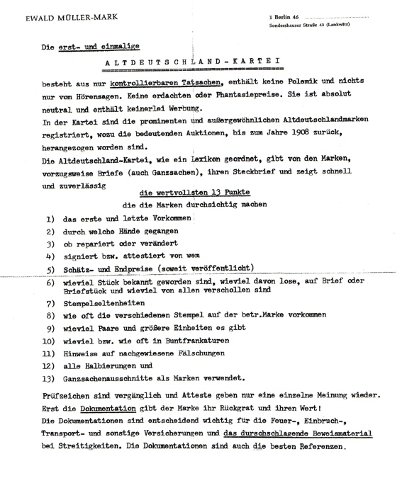
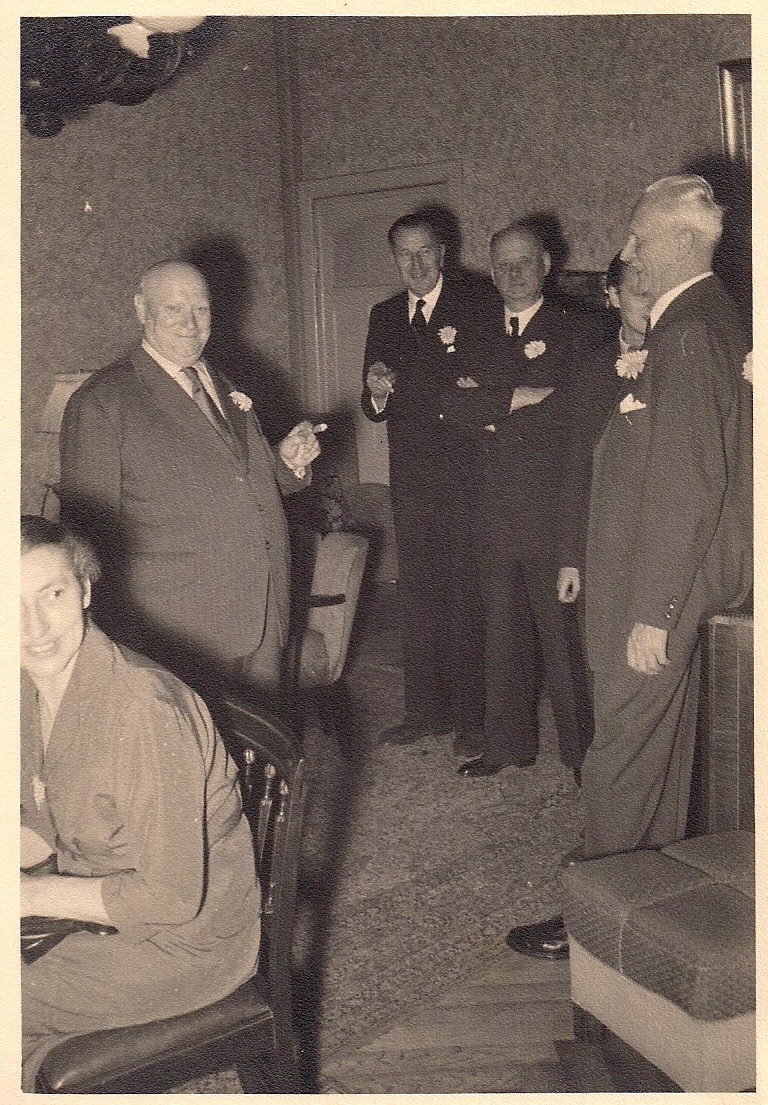 Wenn wir von „name sales“ sprechen, meinen wir besondere Sammlungen, die im Rahmen eines speziellen Auktionskataloges angeboten und – oftmals mit vielen Hintergrundinformationen versehen – in aufwendiger Präsentation detailliert werden. Durchaus nicht immer lesen wir auf dem Cover des Kataloges den Namen des Sammlers (z.B. Burrus oder Boker), sondern ein Pseudonym – nehmen wir in jüngster Zeit „Shihangir“, “Corona“, „Bernstein“, „Bailev“ oder „Astrul“; alte Auktionshasen werden sich noch an die „Romanow“-Sammlung, an die „Präsident-Collection“ oder an den „Earl of Westray – Bestand“ erinnern.
Wenn wir von „name sales“ sprechen, meinen wir besondere Sammlungen, die im Rahmen eines speziellen Auktionskataloges angeboten und – oftmals mit vielen Hintergrundinformationen versehen – in aufwendiger Präsentation detailliert werden. Durchaus nicht immer lesen wir auf dem Cover des Kataloges den Namen des Sammlers (z.B. Burrus oder Boker), sondern ein Pseudonym – nehmen wir in jüngster Zeit „Shihangir“, “Corona“, „Bernstein“, „Bailev“ oder „Astrul“; alte Auktionshasen werden sich noch an die „Romanow“-Sammlung, an die „Präsident-Collection“ oder an den „Earl of Westray – Bestand“ erinnern.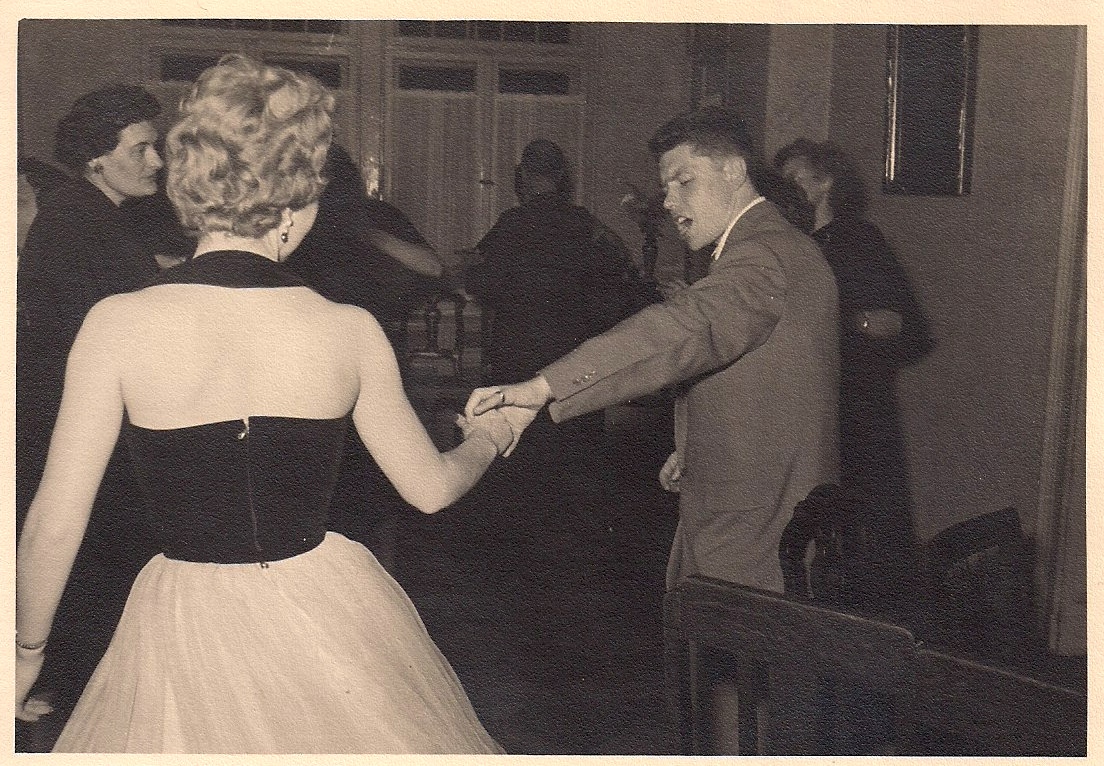 Wir zeigen Ihnen hier in unserem Bulletin ein Foto, dass im Jahre 1953 in Berlin anläßlich eines Treffens von Philatelisten aufgenommen wurde. Es zeigt von rechts nach links: Baron von Rheinbaben, Herrn von Schmidt, Baron von Scharfenberg und Baron von Tettenborn. Und auf dem zweiten Foto, das auf der gleichen Veranstaltung aufgenommen wurde, sehen wir eine junge Dame (leider nur von hinten) und einen Jung-Philatelisten beim Rock`n Roll.
Wir zeigen Ihnen hier in unserem Bulletin ein Foto, dass im Jahre 1953 in Berlin anläßlich eines Treffens von Philatelisten aufgenommen wurde. Es zeigt von rechts nach links: Baron von Rheinbaben, Herrn von Schmidt, Baron von Scharfenberg und Baron von Tettenborn. Und auf dem zweiten Foto, das auf der gleichen Veranstaltung aufgenommen wurde, sehen wir eine junge Dame (leider nur von hinten) und einen Jung-Philatelisten beim Rock`n Roll.